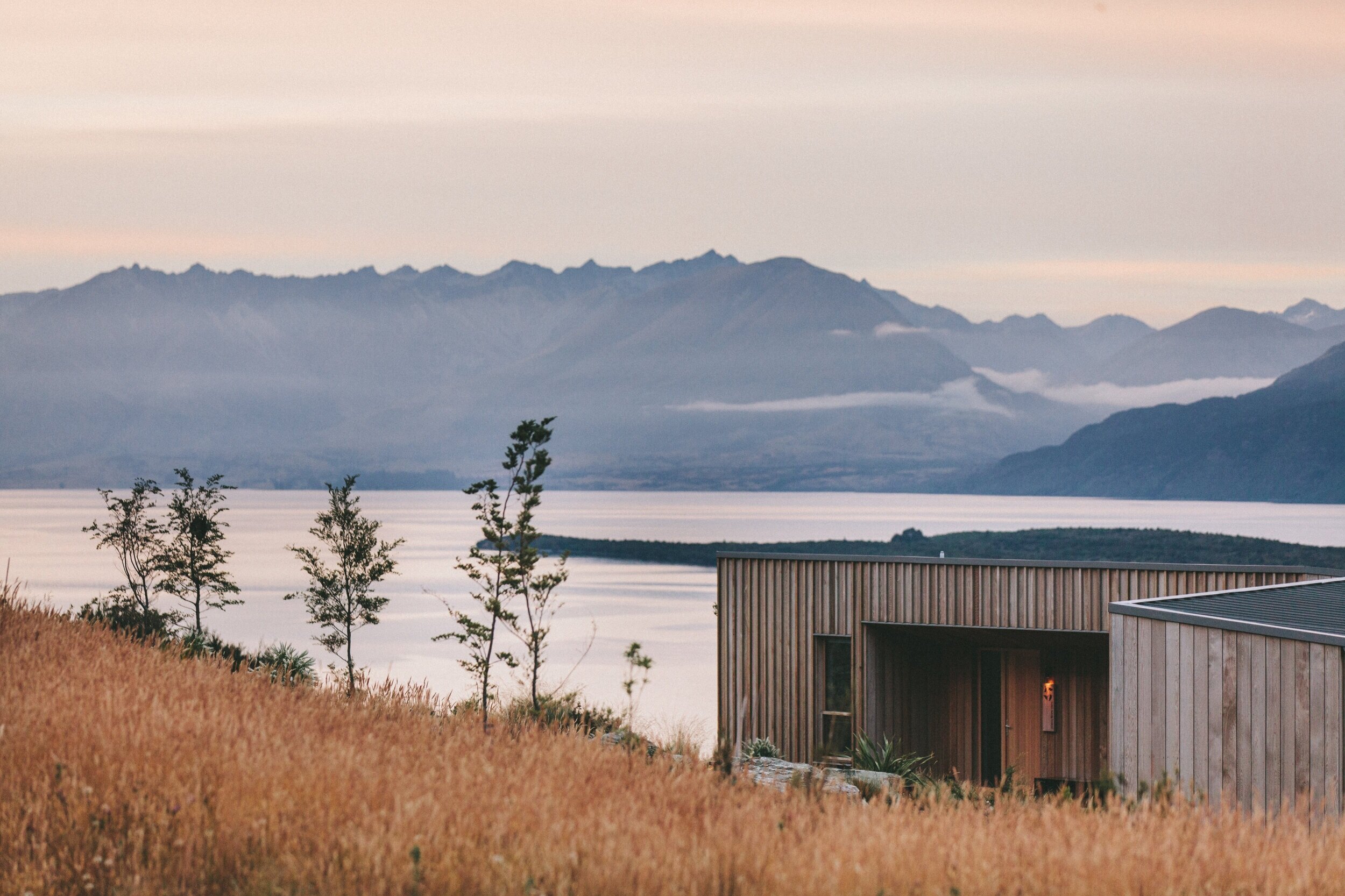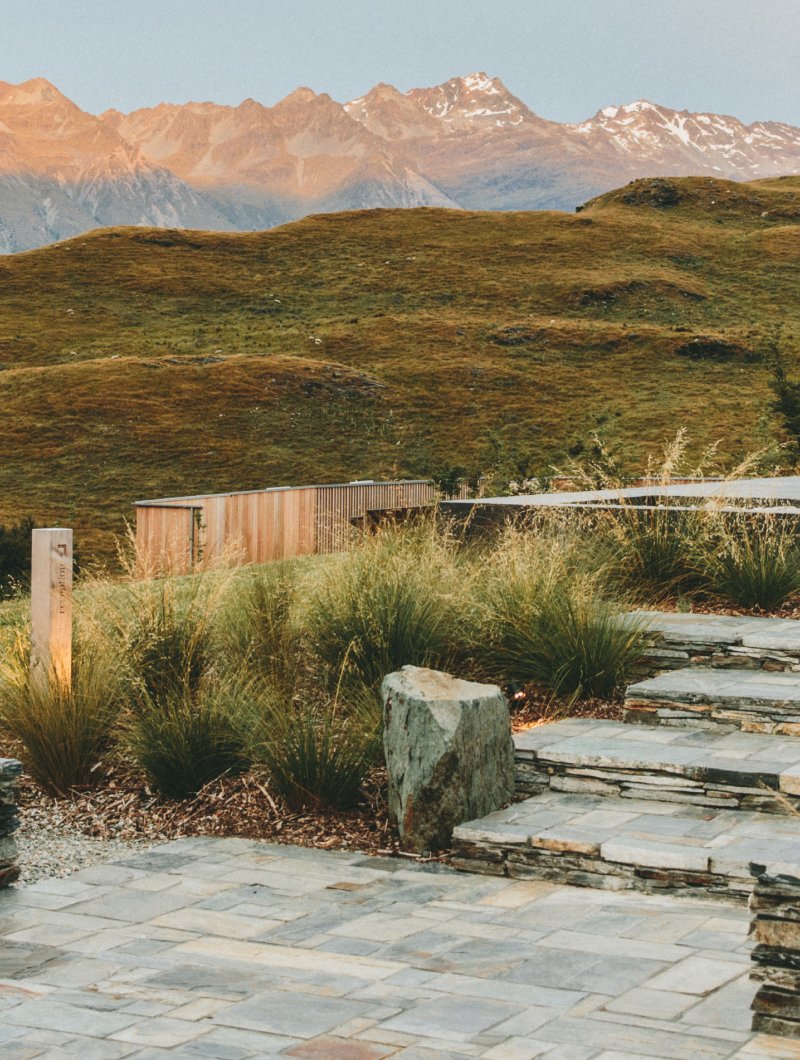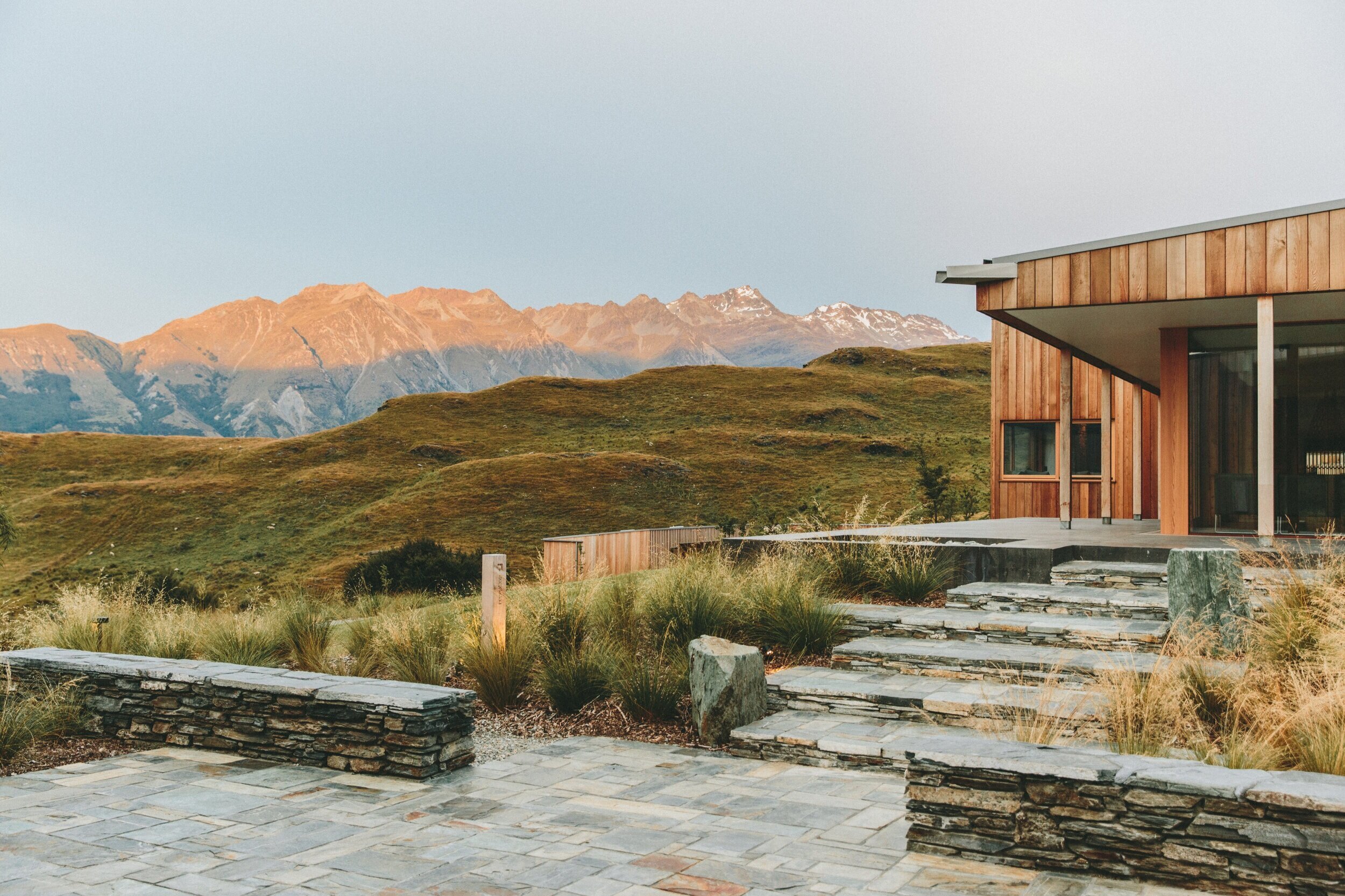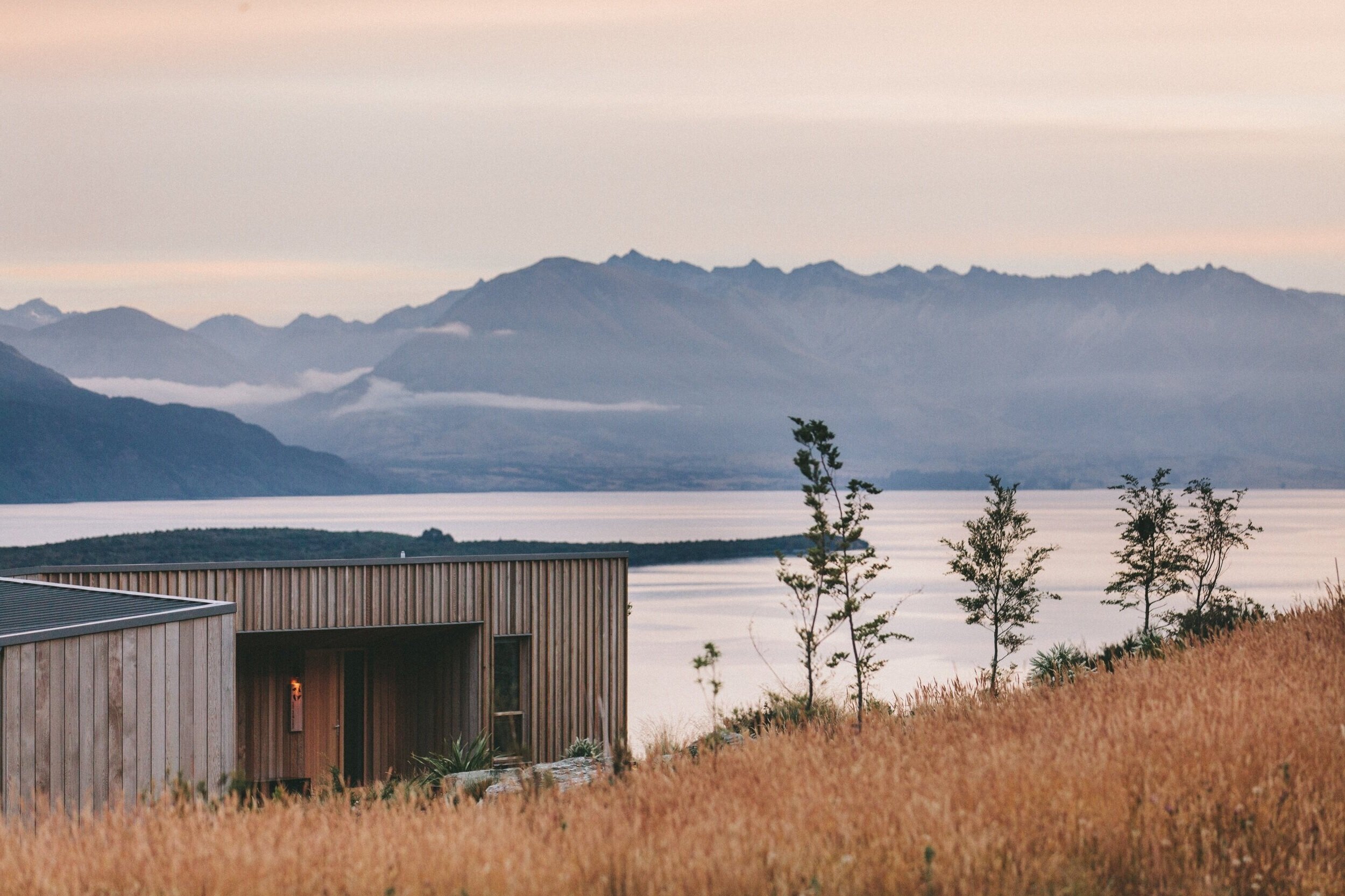IN THIS LESSON
Building eco-friendly homes is like making your house super powerful in a game but with a twist
— it helps protect the planet! These homes are designed to use fewer resources, like water and electricity, and to be kinder to the environment. Just like adding solar panels or wind turbines in Minecraft, real-life eco-friendly homes focus on sustainability and making smart choices that are good for both people and the Earth. Let’s explore how green building works and why it’s important!
What is an Eco-Friendly Home? 🌍🏡
An eco-friendly home (also called a green home) is a house that is designed and built to have a small impact on the environment. This means it uses less energy, water, and natural resources, which helps to reduce pollution and waste. Think of it like building a house in a game with special upgrades that make it more efficient and powerful, but without harming the environment.
Why build eco-friendly homes?
Saves energy: Eco-friendly homes use less electricity, which helps protect natural resources and saves money.
Reduces waste: These homes are built with materials that are better for the environment and last longer.
Healthier living: Green homes often use safer materials, meaning cleaner air and healthier spaces for people to live in.
Energy Efficiency: Powering Your Home Wisely ⚡🏠
One of the most important parts of an eco-friendly home is how it uses energy. Energy-efficient homes are designed to use less power from things like heating, cooling, and lighting. It’s like installing solar panels in a game to power your house instead of using non-renewable resources!
Ways eco-friendly homes save energy:
Solar panels: Homes can get energy directly from the sun, which is a renewable resource. Solar panels on the roof collect sunlight and turn it into electricity.
Better insulation: Eco-friendly homes are built with special materials that keep them warm in winter and cool in summer, so they don’t need as much heating or air conditioning.
Energy-efficient appliances: Green homes use appliances (like fridges and washing machines) that use less power. It’s like upgrading your tools in a game to make them last longer and use less energy!
Water Conservation: Using Less Water 💧🚰
Just like energy, eco-friendly homes also focus on using less water. Saving water helps the environment by reducing waste and making sure there’s enough clean water for everyone.
How eco-friendly homes save water:
Low-flow toilets and faucets: These use less water every time you flush or turn on the tap. It’s like getting more out of every drop!
Rainwater collection systems: Some green homes collect rainwater and use it for things like watering plants or flushing toilets. It’s like setting up a rain barrel in a game to gather resources!
Native plants: People plant native (local) plants in their yards because they need less water than grass or exotic plants.
Sustainable Materials: Building with the Earth in Mind 🧱🌳
Eco-friendly homes are built with sustainable materials — this means they come from sources that don’t harm the environment or can be easily replaced. It’s like crafting a house in a game using materials that grow back quickly or don’t run out!
Examples of sustainable materials:
Bamboo: Bamboo is a fast-growing plant that can be used for floors or walls.
Recycled materials: Some homes are built using materials from old buildings that have been reused, like recycled wood or metal.
Non-toxic paints: These paints don’t release harmful chemicals into the air, keeping the environment and the people inside the house healthy.
Green Building Techniques: Smart Ways to Build 🏗️♻️
Architects and builders use special green building techniques to make eco-friendly homes. These techniques focus on reducing waste during construction and using the environment to make the home more efficient. It’s like using smart strategies in a game to build a base that’s strong, lasts a long time, and doesn’t waste resources!
Green building techniques include:
Orienting the house: Architects position the house in a way that takes advantage of sunlight, keeping the home warm in the winter and cool in the summer.
Using natural ventilation: Eco-friendly homes are designed with windows and vents in the right places to let air flow naturally, reducing the need for air conditioning.
Recycling construction waste: Builders try to use every material without wasting it, just like using every block in a game to make the most efficient build possible!
Why Eco-Friendly Homes Are Important 🌍💚
Building eco-friendly homes helps protect the planet by reducing the carbon footprint (the amount of pollution we create) and saving natural resources. Green homes are also better for the people who live in them, making the air cleaner and helping families save money on energy and water bills. It’s like playing a game where every upgrade helps not just you, but the whole world around you!
-
Add a short summary or a list of helpful resources here.





